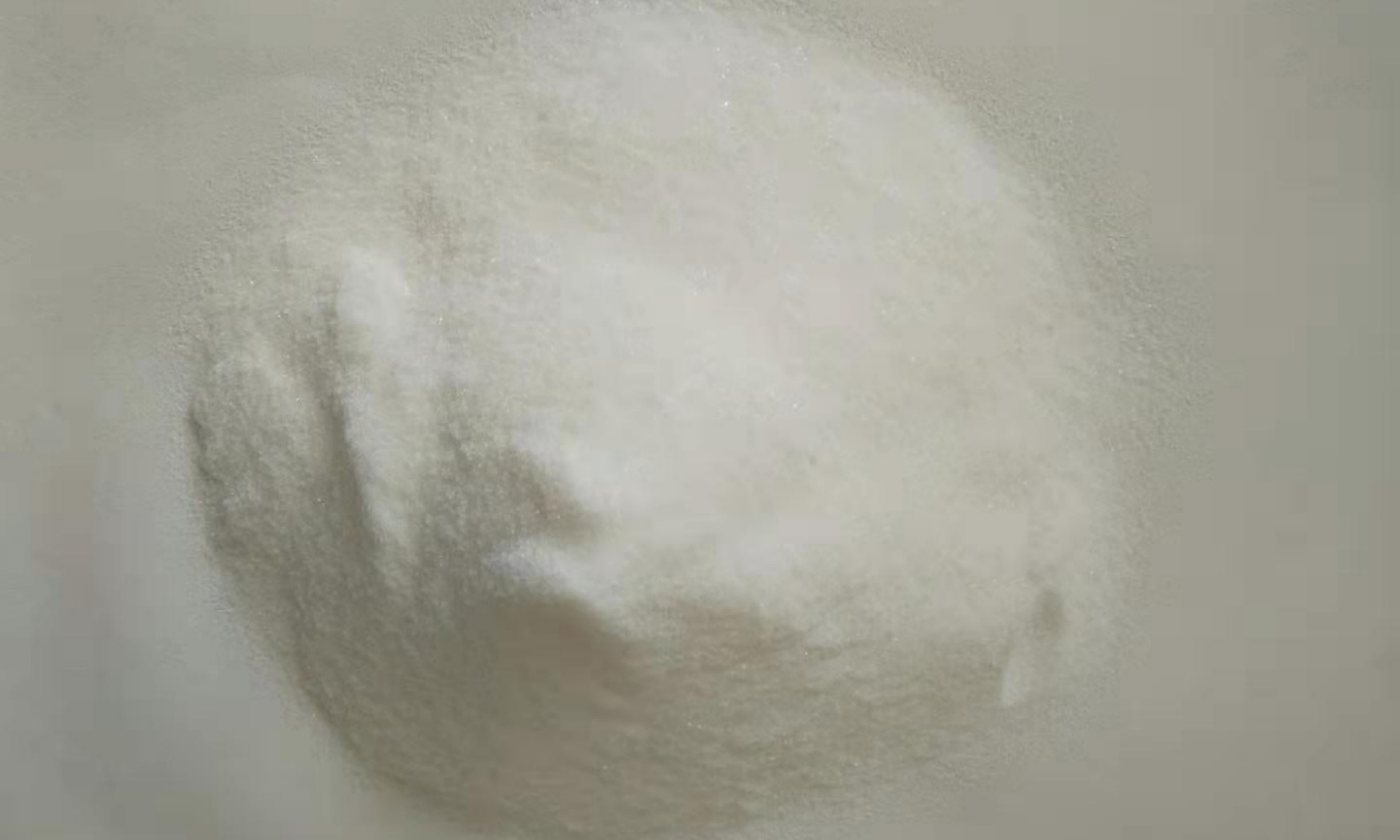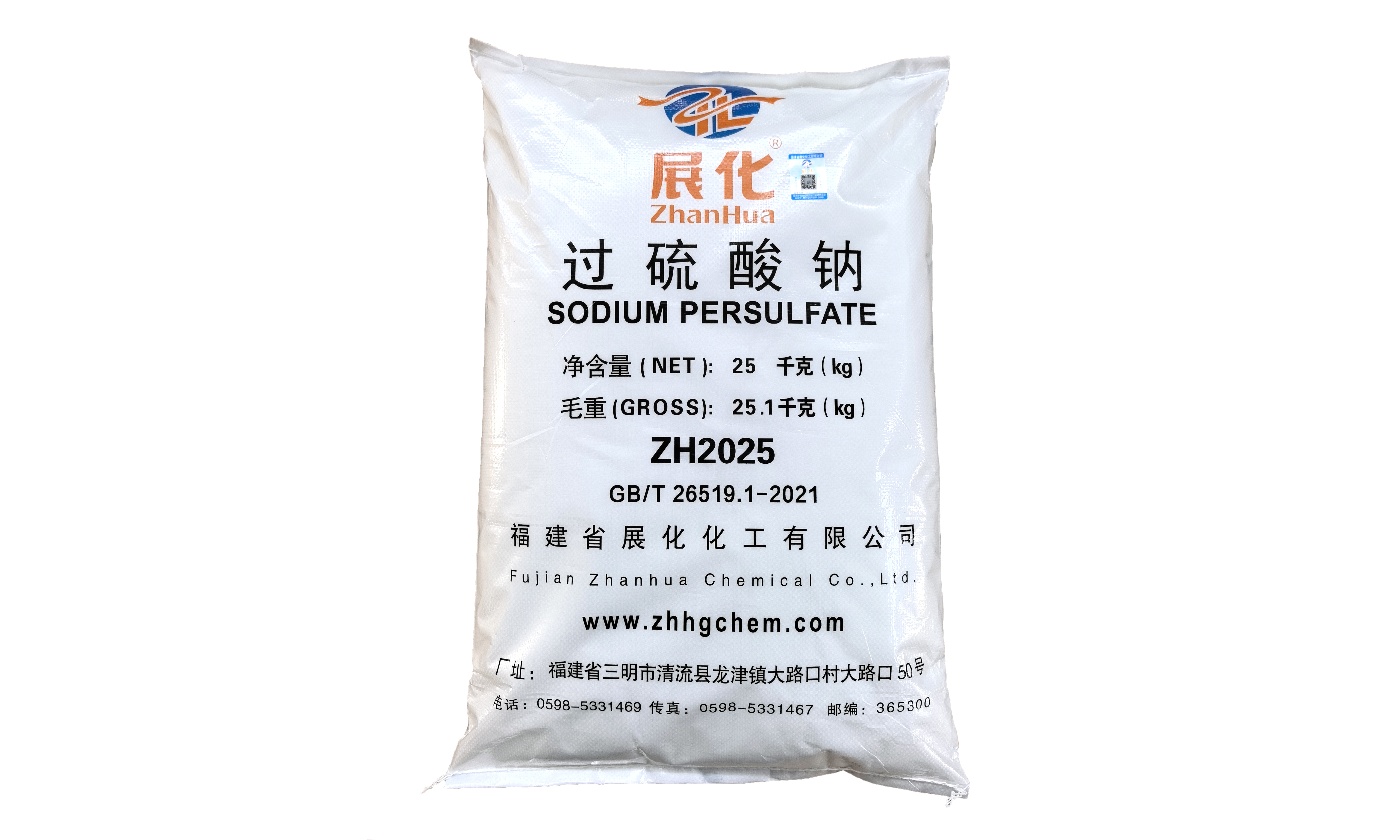In soil remediation projects, the selection and use of chemicals directly affect the effectiveness of remediation work. Sodium Persulfate, as a widely used chemical in soil remediation, plays an irreplaceable role in controlling soil pollution with its unique properties. However, some undesirable phenomena have emerged in the current market: to seek improper benefits, some merchants adulterate Sodium Persulfate with anhydrous sodium sulfate (Anhydrous Sodium Sulfate) to pass inferior products off as high-quality ones. This adulteration not only disrupts market order but also brings numerous hidden dangers to soil remediation projects.

Severely affecting remediation effects: Adulterating Sodium Persulfate with anhydrous sodium sulfate reduces its purity and the content of active ingredients (persulfate ions), significantly weakening its oxidizing capacity. In soil remediation projects, this will result in organic pollutants failing to be fully decomposed and removed. Originally, soil that could meet remediation standards within a certain period by using regular Sodium Persulfate may see a significantly prolonged remediation cycle due to the use of adulterated chemicals. This greatly increases the uncertainty of project completion and may even make it impossible to achieve the remediation goals within the expected time or budget, leaving contaminated soil continuously threatening the surrounding environment and ecosystem.
Substantially increasing project costs: On one hand, poor remediation effects may require repeated remediation work, which undoubtedly increases labor, material, and time costs. What could be completed in one attempt may need multiple investments in equipment, materials, and labor, leading to a significant rise in overall project expenses. On the other hand, purchasing adulterated Sodium Persulfate may seem cheaper in unit price, but its insufficient oxidation efficiency fails to effectively degrade pollutants, ultimately resulting in remediation failure or the need for rework. This not only wastes the funds spent on that batch of chemicals but also incurs huge additional costs far exceeding the value of the chemicals themselves due to project delays, repeated investments, and potential environmental liability risks, posing great challenges to project budget control.
II. How to Identify Adulterated Sodium Persulfate
Check Product Packaging and Labeling:
Regular Sodium Persulfate products will clearly indicate on the packaging information such as product name, national standard number implemented, production batch number, shelf life, safety warning instructions, and emergency measures. If the packaging is shoddy, information is vague or missing key details, or the implementation standard is unclear, the product is likely problematic. In addition, formal manufacturers usually have their own brand logos and anti-counterfeiting measures; consumers can verify the authenticity through official channels. For example, Fujian ZhanHua Chemical places anti-counterfeiting QR codes on product packaging, allowing users to verify through official websites or designated inquiry platforms by scanning the codes.
Request Quality Inspection Reports:
Asking suppliers for quality inspection reports of Sodium Persulfate is an important basis for judging product qualification. Quality inspection reports should be issued by qualified third-party testing institutions, detailing the test results of various product indicators, such as the purity and active oxygen content of Sodium Persulfate—these indicators must meet corresponding standard requirements. When reviewing the report, pay attention to its authenticity and validity: confirm the reliability of the testing institution’s qualifications, check if information such as the report number and testing date is complete and accurate, and compare the test results in the report with standard requirements. If the supplier cannot provide a valid quality inspection report or there are doubts about the data in the report, the product quality cannot be guaranteed, and it is likely adulterated.
Verify Through Professional Testing Methods:
If doubts about product quality remain, samples can be sent to professional testing institutions for testing. Professional institutions will use precise instruments and scientific methods to conduct a comprehensive analysis of the purity and composition of Sodium Persulfate, accurately determining whether adulteration exists. For instance, measuring the content of persulfate ions through chemical analysis methods and comparing it with standard values can directly reflect whether the product purity meets the standard. This method provides direct and reliable evidence for judging product authenticity.

Soil remediation projects are crucial for ecological environment improvement and sustainable development, and the quality of Sodium Persulfate is one of the key factors affecting project success. Faced with the possible adulteration of Sodium Persulfate with anhydrous sodium sulfate in the market, project parties must remain vigilant. By carefully checking appearance, verifying packaging labels, requesting and validating quality inspection reports, the risk of falling into counterfeit pitfalls can be effectively reduced. As an enterprise specializing in Sodium Persulfate production, Fujian ZhanHua Chemical always adheres to product quality standards, providing pure and reliable Sodium Persulfate products for the market, making it a trustworthy choice for soil remediation projects.